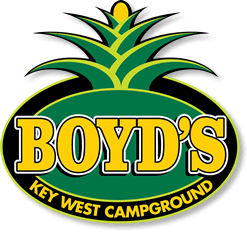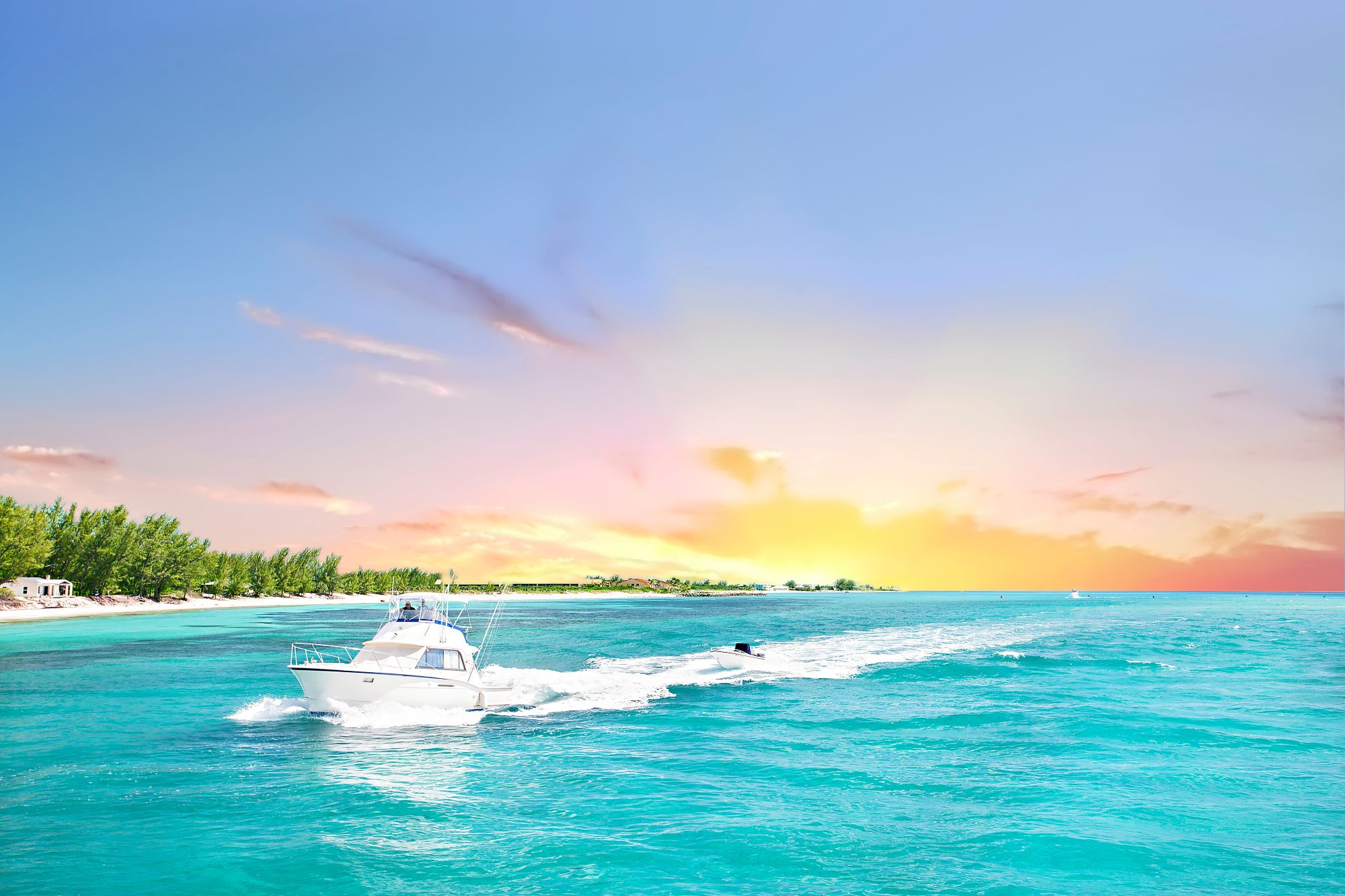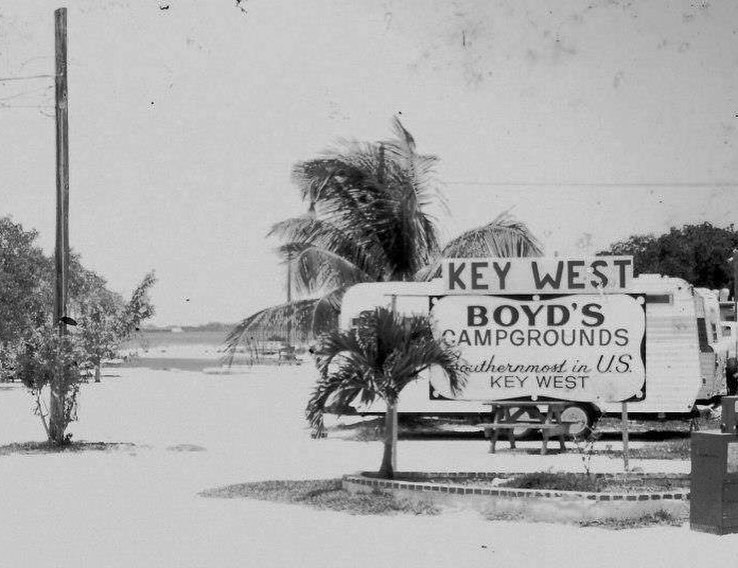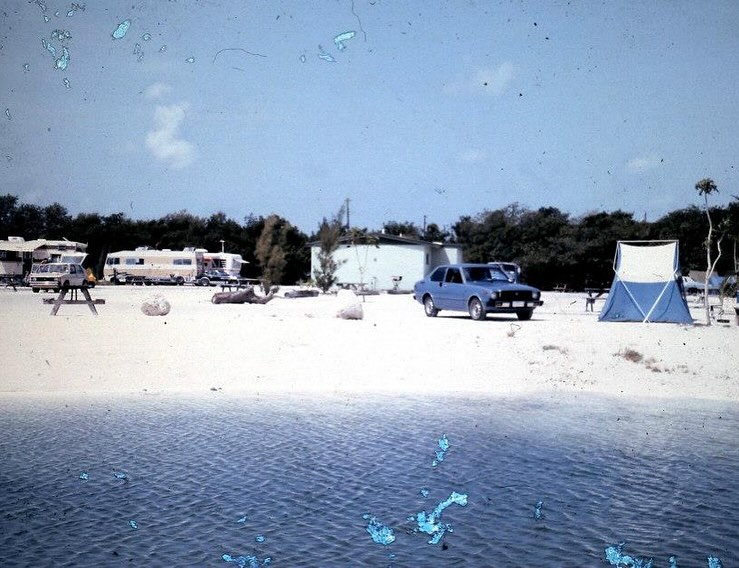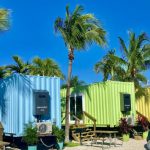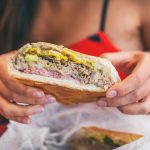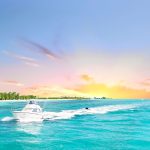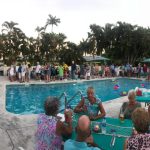The Road to Boyd’s: Stories by Boyd Hamilton
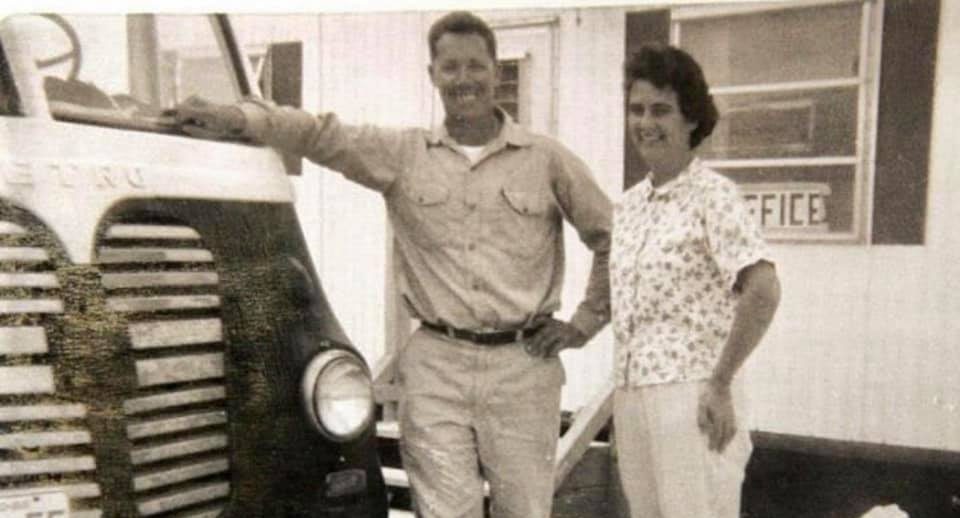
The Life & Times of Boyd Hamilton
~ By Boyd Hamilton – Key West, Florida, July 1996
A few years ago, when I retired from running the campground on a day-to-day basis, I had an opportunity to reflect on the many years of my life. What a full life I have lived. I began to realize that not even those closest to me know the full extent of my adventures—so I started writing them down. It’s become quite a project! But these stories represent more than just my life story. They are a permanent record of a way of life long since passed—a time when people saw things from a different perspective, when things were done differently, and opportunities looked very different.
Perhaps the reader will get to know, in some small way, some of the fine people I’ve known—my parents, my grandparents, and others who are now long gone. These stories are also a tribute to my family, especially my wife, and the many people I’ve met along the way. They have all helped shape the adventurous and fulfilling life I’ve been blessed to live.
It has been—and still is—a great life.
I hope you enjoy reading these stories as much as I’ve enjoyed writing them. I’ve done my best to leave out anything inappropriate and to tell the truth as I remember it—or as the world appears to me.
Our First Camper, 1947
Elsie and I were married on June 25, 1947, and by late October, we were ready to hit the road in our homemade camper. It was just big enough for two people—and not just any two people. You had to be very compatible and not too big. It was built to our own specifications—could you say it was custom-built?
It was just high enough for me to stand upright. The bed ran crossways and was only 41 inches wide. That left just enough room at the back of the truck for a chest of drawers on one side, a built-in clothes closet on the other, and a small fold-down plywood table. A two-burner camp stove was fastened to the top of the chest of drawers. The whole camper measured eight feet long and seven feet, three inches wide.
We were off—from Saskatchewan to see the U.S.A.—and we had the whole winter to do it. Looking back now, I’m sure we looked exactly like what we were: a couple of country bumpkins.
But that didn’t slow us down. We were doing our thing, and our thing was to see as much of the U.S.A. as we could that winter of 1947–1948. At the time, Canadian law limited the amount of money you could take out of the country to $150 per person—$300 total for the two of us for the entire winter, which we hoped would last four or five months. We hid a little money here and there in the camper, but we knew we’d still be tight.
We were both raised poor during the 1930s and knew how to get by on very little. We brought a bag of potatoes—but those froze before we even got out of Canada. We didn’t throw them away right away, but eventually, foam started coming out of their eyes, and we had to admit they were done for. Elsie canned a few apples we bought cheap in Illinois as we kept on moving. Of course, we never ate out, and we only visited things that were free.
We traveled from Winnipeg to Chicago, to New York City, Washington, D.C., and Miami—then finally arrived in Key West on New Year’s Day, 1948. It cost $1.00 per day to stay at Mastic Trailer Park on United Street. That gave us a parking spot and use of the toilets and showers.
While laying on the beach, we heard about a new thing called a credit card. I wrote to our Esso dealer in Sylvania, Saskatchewan, asking for one, and he sent me his. After that, we were in clover—we brazenly charged food, gasoline, even cash.
After a month in Key West, we hit the road again—New Orleans, Los Angeles, up the West Coast through Oregon and Washington, then back east through Montana and into Regina. We made it home to Sylvania by late March.
It was a great trip—one we’d never forget. We made a complete circle of the U.S.A. and spent less than $700 total. That covered food, gas, camping, and everything else for four and a half months.
Back home, we took the camper shell off the truck and got back to work. We spent that summer keeping bees and making honey—trying to earn enough money to do it all over again the next fall.
